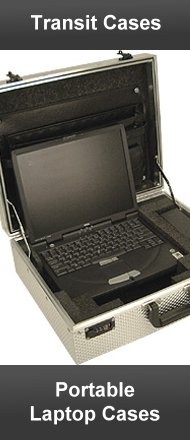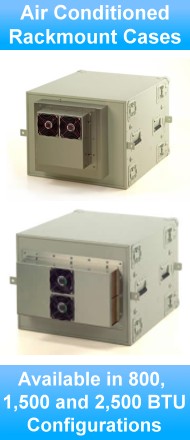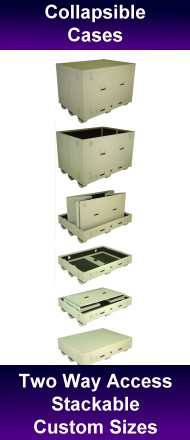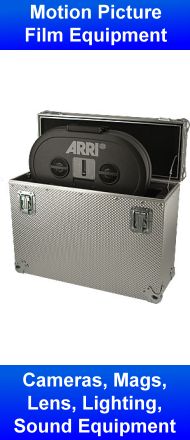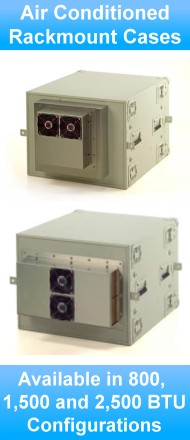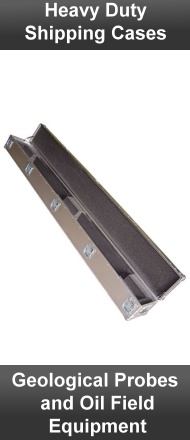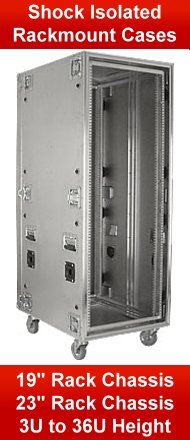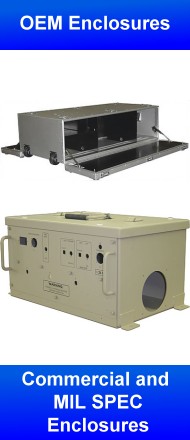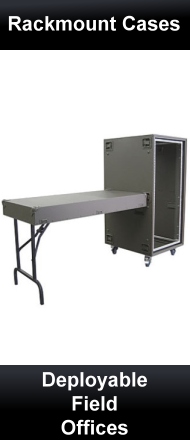Solutions
Our welded aluminum case designs are developed based on established cushion response values, typical handling environments and the specific packaging criteria of each case application, not on the availibility of stock case sizes and configurations.
The fragility of an item is determined by measuring the maximum deceleration (rate of decrease in velocity over a measured period of time) it can withstand without damage
This measurement is expressed as "G's", and the more fragile the item, the lower the G-Factor. As an example, test equipment has a typical fragility range of 40-60 G's, whereas an egg has a fragility approximating 60 G's.
Perhaps the most common misconception regarding the use of cushioning materials in custom cases is that "you can't have too much foam" , and nothing could be further from the truth.
Typically plotted as a Dynamic Cushioning Curve, Table 1 represents the curves for five different thicknesses of a single polyethylene product for the same drop height.
Second, note the portion of the curve for the chosen thickness which lies on or below the fragility line. This defines a range of static loadings that will provide the desired cushion performance, as shown by the shaded area in Table 2. Any static loading value from within this range can be used in your case design to attain the desired result.
By dividing the weight of your equipment by the chosen static loading value, the result is the number of square inches of foam that should be used to support the product in the package. By repeating this procedure with several types of cushioning materials, we generate comparisons which allow us to strike an economical balance between cost and case size.
Shown on the right and highlighted in black, a load bearing surface area of 0.6 psi would provide an average deceleration of 39 G's based on a 24" drop on all 6 sides.
Due to the variances in load bearing surfaces in the foam lined transit case shown on the left, average deceleration ranges of 88 to 135 G's based on a 12 inch drop height would be realized.
There's no such thing as bad cushioning material, providing you use it correctly.
Which custom case interior configuration more closely resembles the protective packaging used by your equipment OEM to ship their product to you?
Unless their shipment arrived damaged, it's a prime example of a functionally designed one way packaging solution.





